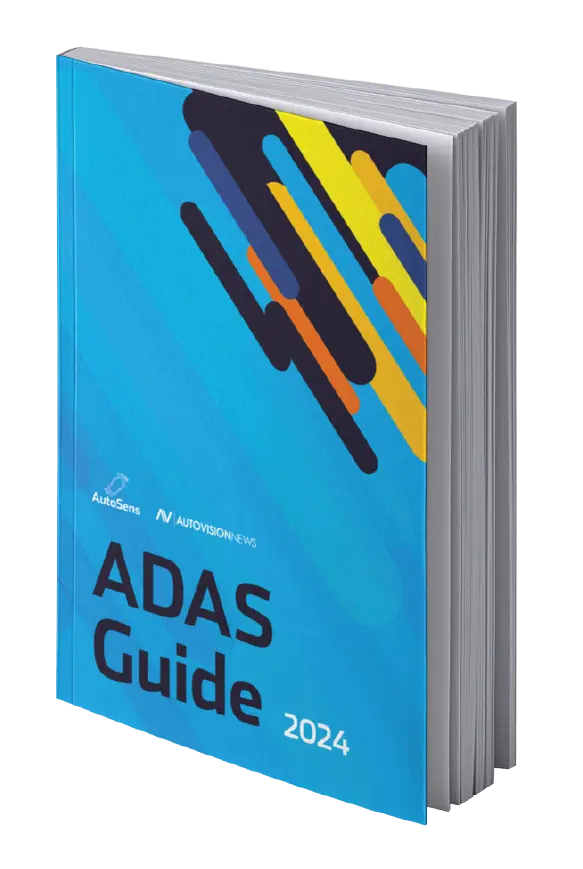You must be logged in to watch this session
Please either login or create an account.

Image sensors have played a huge role in the automotive industry’s advancement of driver assistance features over the past decade. Features like automatic emergency braking and adaptive cruise control bring comfort and safety to drivers and have enabled a certain amount of automation with hands free driving. But with the higher levels of autonomy in vehicles and the push from hands free to “eyes off” driving, there is a greater need for monitoring what is happening inside the cabin, as knowing the driver’s gaze and attention is critical in situations where the vehicle needs to hand over controls or alert the driver. With that, there has been an increased focus in recent years on placing image sensors in the cabin with the emerging driver and occupant monitoring segment. While these sensors have traditionally worked with infrared illumination to capture a two-dimensional image, adding depth data to the equation would enable the capability to give the vehicle’s safety systems an exact view of the position of the occupants inside the cabin in such safety-critical situations as where the airbag needs to be deployed with precision. This talk will focus on how sensors that integrate imaging and depth output together can play a huge role in the fast-growing in-cabin image sensor segment to enhance the safety of vehicles and provide for additional new features only possible with depth sensing.

With exclusive editorials from Transport Canada and SAE; the ADAS Guide is free resource for our community. It gives a detailed overview of features in today’s road-going vehicles, categorized by OEM, alongside expert analysis.